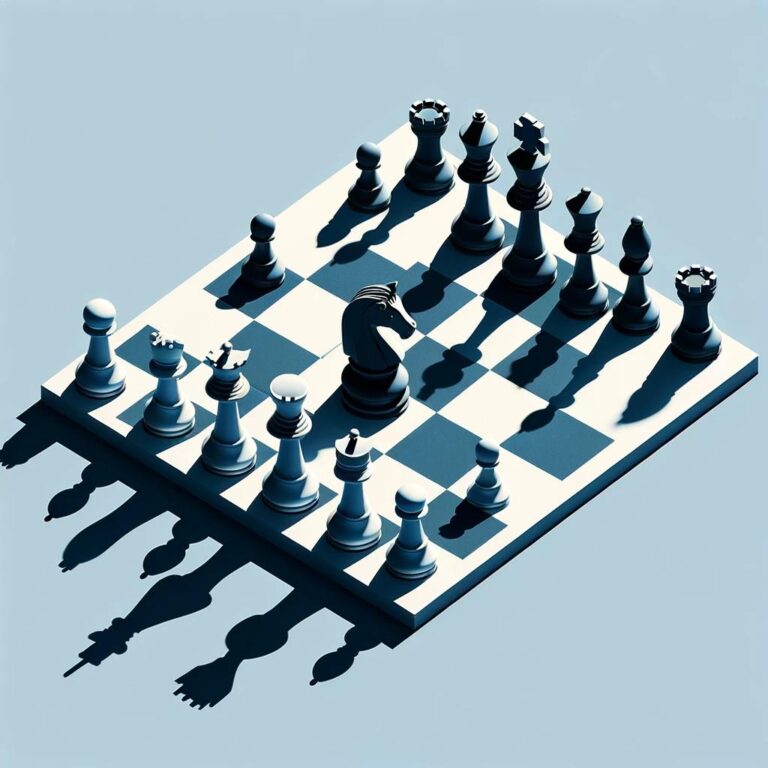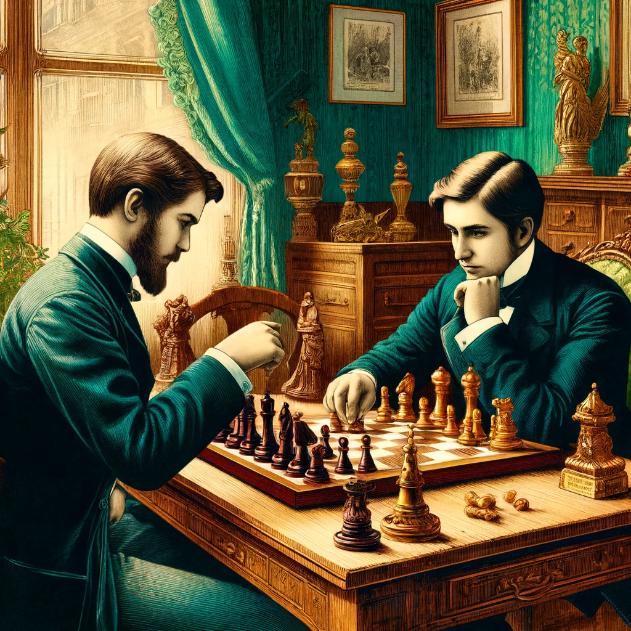The Basics of Chess: Understanding the Value of Chess Pieces
Chess is a timeless game that has been played for centuries and continues to fascinate players of all ages. Its complexity and strategic elements have made it a popular game among intellectuals, as well as AI researchers. The game consists of two players, each controlling 16 pieces on a checkered board with the ultimate goal of capturing the opponent´s king. Each chess piece has its own unique abilities and value, which are crucial to understand in order to create winning strategies. In this article, we will delve into the value of chess pieces and how it impacts gameplay.
The Value of Chess Pieces
Each chess piece has its own set of abilities, and understanding the value of these pieces is essential for creating effective strategies. The value of a piece is determined by its mobility, influence on the board, and potential to capture other pieces. The most valuable piece on the chessboard is the queen, followed by the rook, bishop, knight, and lastly, the pawn. Let´s take a closer look at each of these pieces and their individual values.
The Queen
The queen is the most powerful piece on the board, and it is worth nine points. It can move in any direction, horizontally, vertically, and diagonally, making it a versatile and formidable piece. The queen is crucial in controlling the center, attacking and defending multiple areas of the board, and coordinating with other pieces. Losing the queen often means losing the game.
The Rook
The rook is the second most valuable piece on the board, worth five points. It can move horizontally or vertically, making it an ideal piece for controlling the open files. It is also an excellent attacking piece, as it can quickly move down the board to the enemy´s camp and disrupt their setup. The rook is also vital in the endgame, where it can potentially promote to a queen.
The Bishop
The bishop is worth three points, and each player has two bishops, one for the light-colored squares and one for the dark-colored squares. The bishop only moves diagonally, making it useful for controlling the long diagonal lines on the board. It also has the potential to attack from afar and support other pieces in their attacks.
The Knight
The knight is worth three points, and it is often described as the trickiest piece on the board due to its unique L-shaped movement. It can jump over other pieces and is the only piece that is not blocked by its own pieces. The knight is essential for controlling the central squares and can be used for unexpected attacks on the enemy´s pieces.
The Pawn
The pawn is the least valuable piece on the board, worth only one point. However, they play an important role in controlling the center and supporting other pieces. Pawns can only move forward one square at a time, except on their first move where they have the option to move two squares. Pawns also have the potential to promote to a more valuable piece if they reach the other side of the board.
Strategy and Tactics: Combining Piece Values for Success
In chess, understanding the value of each piece is crucial, but it is equally important to know how to use them effectively. A successful chess player not only knows the value of their pieces but also how to combine them to create an overwhelming attack or a solid defense. Here are some common strategies and tactics that utilize the value of chess pieces.
The queen and rook can often work together to create a powerful attack. The rook can create open lines for the queen to attack from, while the queen can defend the rook if needed. This combination is often referred to as the “battery” and is a common strategy employed by players to control the center and attack the opponent´s camp.
As mentioned earlier, each player has two bishops, one for the light-colored squares and one for the dark-colored squares. Having both bishops on the board, also known as the “bishop pair,” can give players a significant advantage. The bishops can control a large number of squares, attack from afar, and work together to create a deadly attack.
As previously mentioned, the knight´s unique L-shaped movement allows it to attack from unexpected angles. The knight fork is a tactic where a knight simultaneously attacks two or more pieces, forcing the opponent to choose which piece to save. This can often lead to a material advantage for the player executing the knight fork.
While pawns may be the least valuable pieces on the board, their positioning can greatly impact the game. Players should strategically place their pawns to control the center, support their more valuable pieces, and restrict the movement of the opponent´s pieces. A solid pawn structure can create a sturdy defense and support future attacks.







